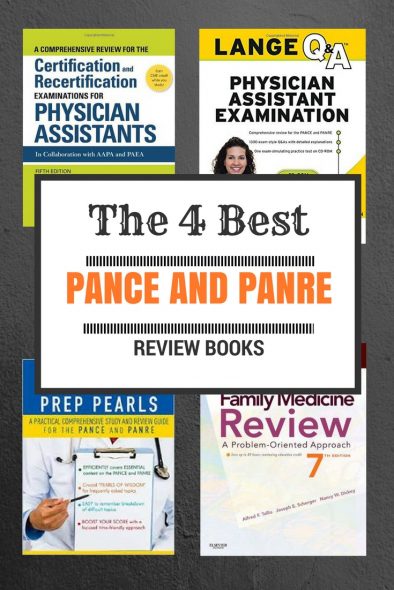
Nurse Practitioners the AAPA is listed as acceptable, accredited, and independent organization that may provide advanced nursing CE content for NP’s seeking renewals through continuing education credit. Physicians this CME activity meets the requirements for Category 2 CME. Physician Assistants can claim 100 Hours of Category 1 AAPA CME. The price of CME with Gift Card will be included in total package price. Add on Apple, Amazon, or Best Buy gift cards ($250-$1500) to make Premium CME Package. This PANRE Review CME Course with Gift Card allows the customer to purchase CME with Gift Card. The main objective of this question bank is to allow the learner to become more comfortable applying pharmacologic and basic science principles to commonly occurring clinical situations. There is also 1672 Board Style Review questions, answers and detailed explanations. This CME activity has 17 hours of video lecture over the NCCPA Blueprint for the PANRE. The PANRE CME Review offers 100 Category 1 CME from the AAPA. PAs should log up to a maximum of 100 AAPA Category 1 Self-Assessment CME credits, as the additional weighting will be automatically applied by NCCPA.Įach participant will need complete an electronic evaluation prior to AAPA CME credit credit being awarded. This activity is approved from -įor NCCPA certification maintenance ONLY: NCCPA will now apply an additional 50 percent weighting when these self-assessment credits are logged for NCCPA certification maintenance purposes. PAs should only claim credit commensurate with the extent of their participation. This activity is designated for 100 AAPA Category 1 Self-Assessment CME credits. This activity has been reviewed by the AAPA Review Panel and is compliant with AAPA CME Criteria. Patients with refractory symptoms due to inherent defects may need a tricuspid valve replacement.This activity is our PANRE CME Review Course. Valvular repair may be indicated in patients with tricuspid valve endocarditis. Severe cases require regular monitoring by a cardiologist. Spironolactone may be used if ascites is present along with severe tricuspid regurgitation. Severe tricuspid regurgitation may require IV diuretics such as torsemide. Moderate tricuspid regurgitation warrants a cardiology consult. Patients with mild or moderate tricuspid regurgitation may be managed with oral diuretics (e.g., furosemide). Since most cases of tricuspid regurgitation are secondary, treatment of the underlying cause should be considered first. Valvular regurgitations are classified as mild, moderate, or severe based on a variety of measurements obtained from diagnostic measures. Definitive diagnostic methods for tricuspid regurgitation include echocardiography and cardiac catheterization. ECG findings include right-axis deviation, P wave changes indicating right atrial enlargement, and R and S wave changes indicating right ventricular hypertrophy.

Chest radiography may show an enlarged right heart border. It is best heard at the left lower sternal border and radiates to the right lower sternal border. On cardiac auscultation, tricuspid regurgitation is a pansystolic murmur that becomes louder with inspiration and reduced with expiration or Valsalva maneuver. Signs of severe tricuspid regurgitation are associated with systemic venous congestion and include distended, pulsating neck veins, a pulsatile enlarged liver, and anasarca. As tricuspid regurgitation persists, right-sided cardiomegaly, systemic venous congestion, and eventually right-sided heart failure ensue. Pacemaker lead placement is an increasingly common iatrogenic cause of tricuspid regurgitation. Common causes of tricuspid regurgitation include congenital abnormalities of the tricuspid valve, structural abnormalities resulting from infection, and chronic pulmonary hypertension. The underlying pathophysiology is a right-sided pressure overload leading to right-sided heart failure. Tricuspid regurgitation is a valvular disorder that occurs when there is retrograde blood flow from the right ventricle to the right atrium during systole.


 0 kommentar(er)
0 kommentar(er)
